You wish to know how to switch VIN numbers on a car, right? Not to worry, this article highlights the various methods crooks employ to change VIN number on car also called VIN swapping.
VIN is an acronym for Vehicle Identification Number, a set of unique numbers for identifying a vehicle. Without the VIN, a car has no identity. It is also one of the things thieves modify on stolen vehicles before they can legalize the stolen vehicles. There is no specific number of places VIN numbers can appear on a car; it can appear in at least 3 or 5 places in a car – windshield, side mirrors, etc.
To change VIN number on a stolen car, an offender or crook dealer can make the illegal act so clean. Even the police would be dumbfounded and short of ideas when the VIN modification is successful. Little wonder why multiple cars with the same VIN are occupying the roads. So, a car can have 2 VIN numbers.
Moreover, if someone has your VIN number, he/she can use it to give an identity to a stolen vehicle. Always be vigilant to prevent people from copying your VIN numbers in public.
Let’s discover some of the conventional methods of VIN switching on stolen vehicles.
How to Change VIN Number On Car Professionally in 2025
In this section, I will disclose how crooks switch or swap VINs on cars to make them legal.
Below are the steps regarding how to switch VIN numbers on a car:
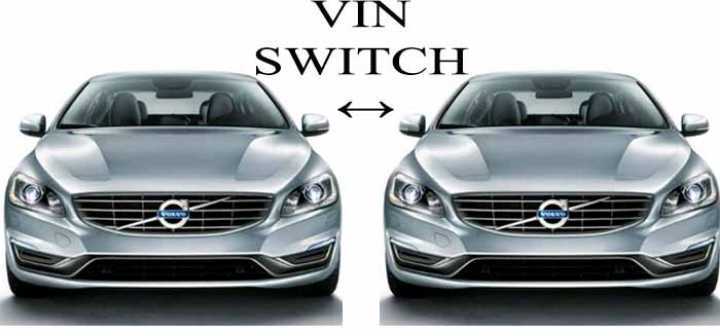
1. Strip and Run

The ‘Strip and Run’ method of VIN switching does not necessarily involve switching the VIN of a stolen car. Nonetheless, it is a less risky form of making a stolen car clean. However, crooks would have to make payment by repurchasing the car parts with VIN that the motor authority puts out for auction.
After the offender steals a car, he scraps, and a crook dealer buys the parts. The parts imprinted with the VIN will be abandoned for the police to find. The police will then report that they just recovered the stolen car. They will permit the insurance to auction the car, and the crook dealer will try to outbid others and win the bid. When he wins, he now has a complete set to rebuild and maintain the VIN of the stolen car.
The downside of the ‘Strip and Run’ is that it takes time. The police may take longer to find the parts with the VIN before permitting the insurance to auction the parts. Also, when the vehicle authorities put out the parts for sale, another junk dealer may outbid the crook. The crook dealer would have to buy from the bid winner at an inflated price.
2. Salvage Switch
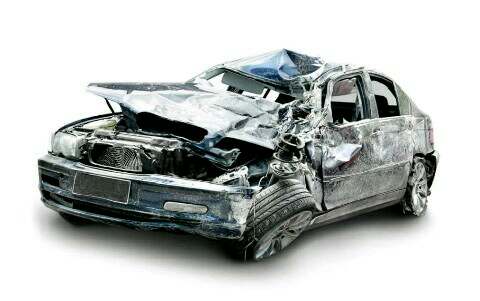
The salvage switch is quite common regarding how to switch VINs on a car. It is a less time-consuming method of VIN changing but requires the crook to buy a badly damaged car similar to the stolen car. Of course, he will have to pay for the damaged car which has a salvaged title.
How does this VIN switch work? The crook will order a damaged car similar to the stolen model. He will use a false name for the car title, which is mostly undetectable. Now, the damaged car becomes a salvaged car with a salvaged title and he will transfer the title and VIN to the stolen car. The new fake title and VIN now point to the stolen car which makes the car unquestionable.
3. VIN Cloning
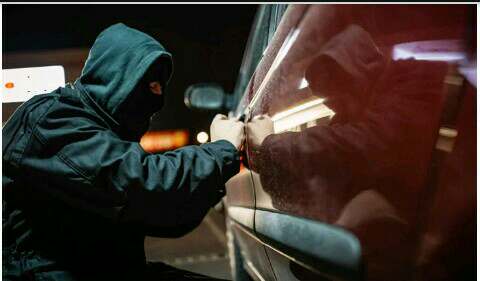
Cloning the VIN of a car is another method of changing the VIN of the car. The crook will require the VIN plate stamping or engraving machine regarding how to change VIN on a vehicle via cloning.
He will search for a legally registered vehicle similar to the stolen car. He copies out the VIN on the car and imprints the exact VIN on the stolen car. Crooks also respray the car to match with the color of the legally registered car.
This way, it is almost impossible to tell whether there is any VIN alteration or swap in the vehicle.
It should not be surprising if you ever come across similar vehicle models with the same VINs. Meanwhile, here are tips to avoid buying cloned cars.
How not to Buy a VIN-Switched Car in 2025
You can’t tell when there is a VIN switch on a car correctly. However, the tips below should help a bit.

How not to buy a VIN-switched car:
Inspect the Car for the VIN
Check the dashboard, car frame, title documents, and driver’s door sticker for the VIN. Occasionally, crooks fail to modify the VIN on every part of a stolen car. You may be lucky to find that one part of the car carries a VIN different from the VINs on other parts.
Thoroughly Examine the VIN Plate
Check whether the plate has been tampered with. It would not be the case if the car was legalized without altering VIN. A poorly modified VIN plate may feature some old engraving, a sign that the car is VIN-switched.
Check Up on CarFax
Check whether it is a cloned car and examine the odometer level. Make sure it matches with the report. Meanwhile, changing odometer readings is rising, and you should learn to detect odometer fraud.
Contact the Department of Motor Vehicles
If possible, contact your state’s Department of Motor Vehicles before paying for a used car. Find out whether there is any bad record surrounding the car you are about to buy.
Can a VIN number be changed?
A VIN number can be changed through a process we call rewriting. Even though there is no one-size-fits-all answer to this question, the changing of a VIN may include the process of using a VIN scanner or decoder, detecting where the Vehicle Identification Number (VIN) is seen on the dashboard or under the hood of the vehicle, then using a computer to alter the VIN on the online database.
Can a Car Have 2 VIN Numbers?
Ordinarily, a car can’t have two VINs. However, with the emergence of vehicle theft and VIN switching, a stolen car may have two VINs – the original and the switched VIN.
What Can Someone Do with My VIN Number?
The VIN of your car can be used by crooks to give false identities to stolen cars. It is the sole reason why you find multiple cars with the same VIN on the road.
Is it illegal to swap VIN numbers?
Yes, you can change the VIN of a car, but it is considered illegal and punishable by law. If you have a rickety vehicle for rebuilding, just make sure you do not tamper with the VIN.
Warning:
It is illegal to alter the VIN of a car.
Conclusion
This article has highlighted the significant methods regarding how to change VIN on a car, also called VIN swapping. Crooks practice these methods on every stolen car and it works for them. Do not fear the exposure of your car’s VIN if you legally own the car.
Even if the police find out that your car bears the VIN of another vehicle (a stolen vehicle), your dealer will be able to provide clear proof that your car is legit.
Ultimately, endeavour to practice the appropriate measures to keep your car safe. Do not overly depend on the security features of your car as crooks may easily breach them.
CORRECTION
I noticed that most persons refer to “VIN” as “VIN number”. VIN is an acronym for Vehicle Identification Number. So, if you say “VIN number”, you are saying “Vehicle Identification Number Number”.
The mistake is evidence in some of the popular searches below:
- how to switch VIN numbers on a car
- how to change VIN number on a stolen car
Nonetheless, this error appears in this article for the sake of search engine optimization. So we have written extensively on how to switch VIN Number on cars, specially stolen cars, so, you can go ahead and apply the tips given.
If you have questions as usual on how to switch VIN numbers, please don’t forget to ask them using the comment section. I will respond to all of them.
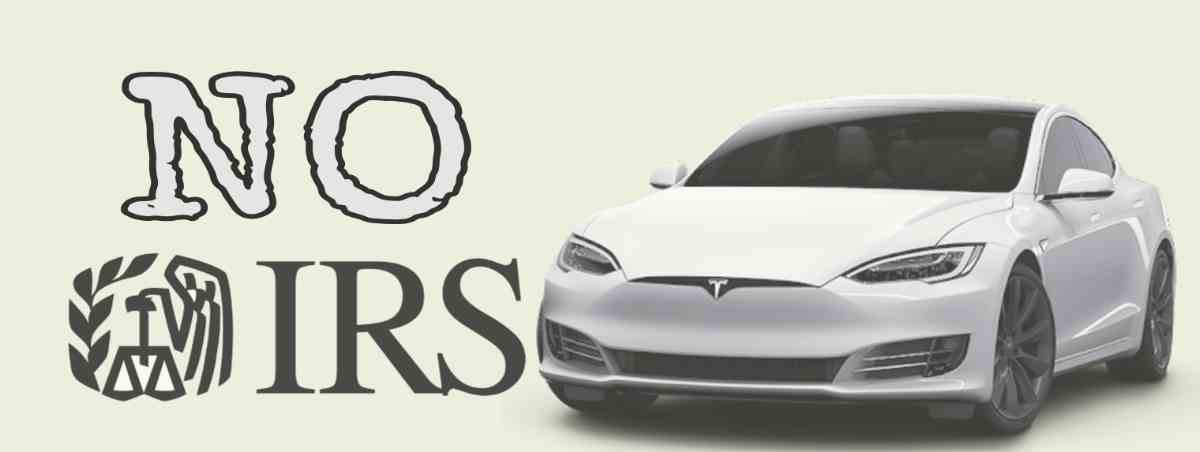
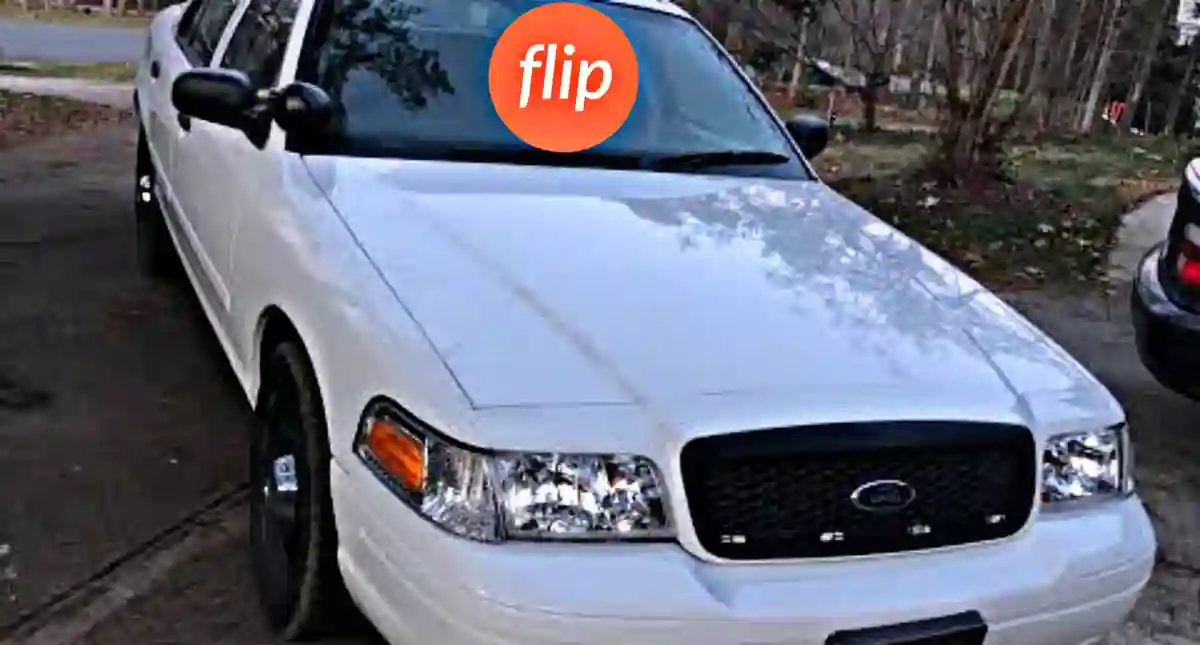

Hi Paulinus
I can see you have a lot of knowledge on fraud with VIN, why I write to you.
I have been looking at a vintage Triumph TR6 1974, but I have found it has a wrong VIN.
The VIN is CF36xxx00, but for a Triumph it’s always 2 letters (CF for 1974 is correct) 5 digits (also correct) but never 2 digits in the end. For a TR6 it is either zero, 1 or 2 letters. At this car it should have been 2 letters: UO, where U stands for left hand drive and O overdrive.
I have seen pictures of documents from 2012 where the number is wrong. The seller says the paint is original, but the commission plate that is riveted to the B-post in the left door is not the original. In 2012 the car war running in Belgium, but as it is with carburetors it is most likely sold as new in USA.
Do you have any idea of why it has been done like that?
Kind regards
Hi, Svend.
The first rule of thumb is “never trust the seller”; trust your gut.
Before I comment any further, does the VIN appear tampered with? To the best of my knowledge, it should not end with zeros for a Triumph TR6 1974. It tempts me to believe that it was modified as a ZERO instead of an ‘O’ (as in GO).
Regards.
What about a car that has been”rebuilt/restored from a heavily damaged car. The car was in storage for over 25 years where further rust damage occurred. Bad panels cut off -other unbolted and replaced – but there is no VIN in the engine compartment as supposed to be. What do i do-it was legaly registered and driven when I bought it – It just makes me nervous-
Hi, Rick!
My driving trainer was named Rick too. Meanwhile, my apologies; you are receiving this response pretty late. I thought you’d send the name of the 25-year old rebuilt damaged vehicle. I’d be assuming that the rebuilt and “heavily” damaged car is older than 30 years from its manufacturing date.
In most states, older cars get special treatment; could be tough or soft. Such that you’d find it quite tricky to get a new VIN for registration. You can’t register the vehicle with no VIN, except you clone or request a new VIN from your DMV.
Fortunately, it was registered, and you may have the papers. Unfortunately, your car is “heavily damaged”; you’d go through a lot to make it road legal (see here https://sanedriver.org/get-salvaged-title-cleared/ or here https://sanedriver.org/get-totaled-car-back-on-road/). And to begin the road legal process, you’d still need the VIN!
So, what now? Do you have the registration since you say it was registered? Does the registration mention the VIN? If the registration mentions the VIN, first, check that the VIN has no theft record. No need to check whether it’s salvaged, rebuilt, etc., since such is the current condition of your car anyways.
If you hadn’t the registration, your case would be challenging, but you have it. The only problem here is getting the car road legal and clearing the rebuilt title, but only after your car passes theft inspection and emissions.
I’m afraid this is the only info I can share following your limited data. Nonetheless, feel free to reach me for more questions, and my professional team or I will gladly assist.
Sane Drivers are never never nervous, don’t be.
Do have a great day, Rick.
Joe Regan
I have 1966 mustang conv 289 8 cylinder the vin has been lost I have had it for 20+years i am in minn how can get a new VIN how could you hill me i am 85 if you could help?